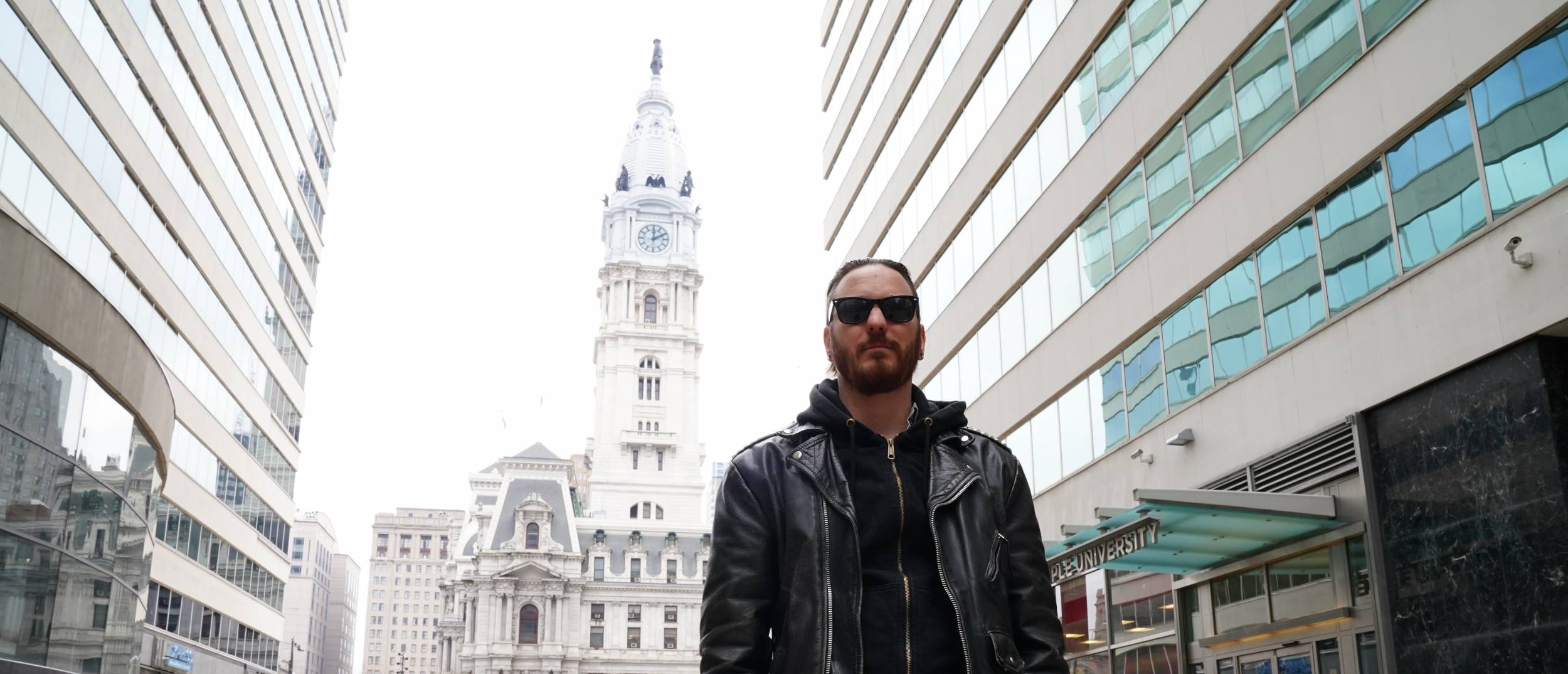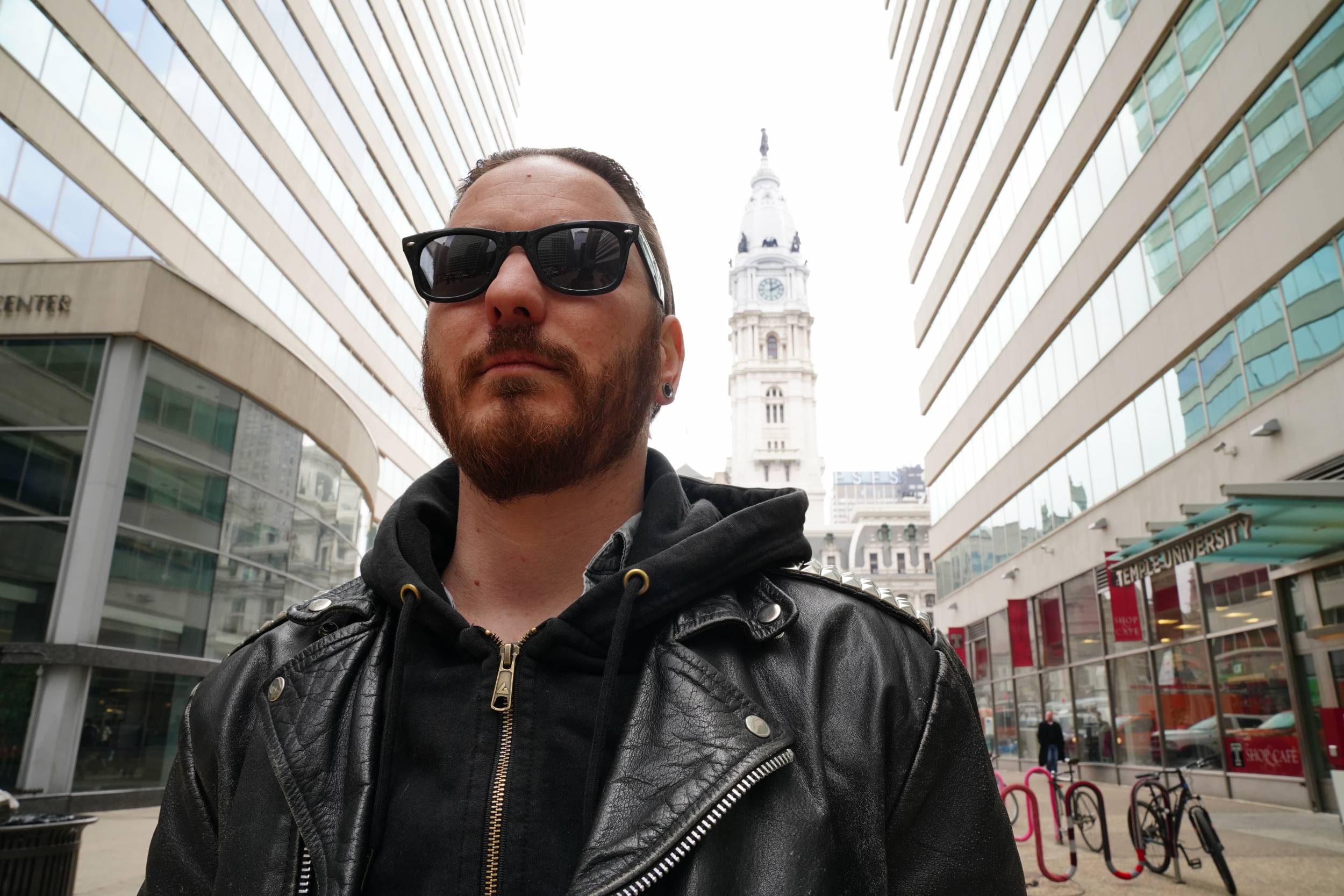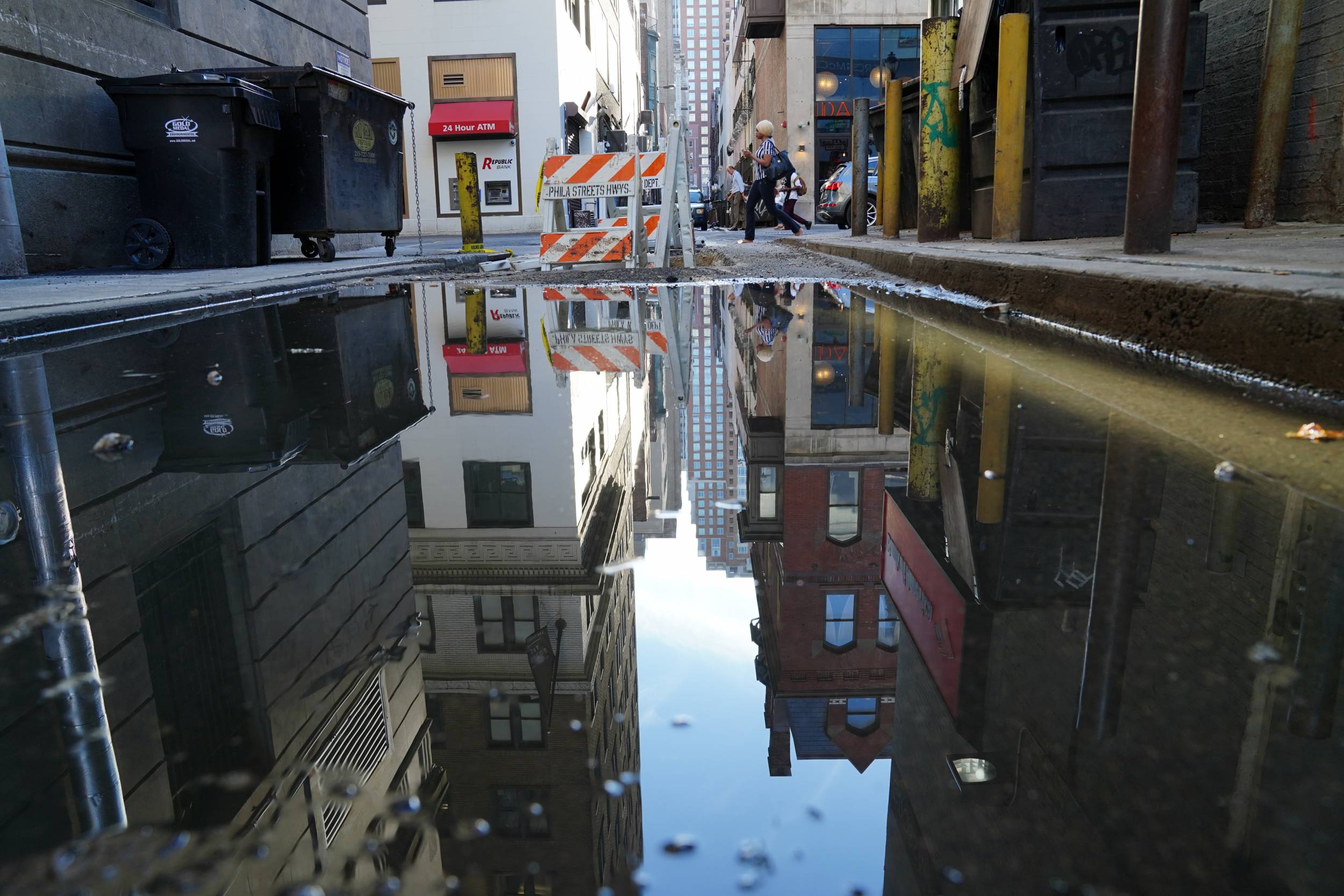

I was born in Philly. My dad got a job in Florida, so I lived there for a couple years, and then mostly grew up in Delaware County.
Photos by Nema Etebar.
Q: Are you from Philly?
A: I was born in Philly. My dad got a job in Florida, so I lived there for a couple years, and then mostly grew up in Delaware County.
Q: When I say the opioid crisis, what are your thoughts? What comes to mind for you?
A: When I take the El to work, my subway stop is Huntington. So I live right near the epicenter of all of this. I would go past a lot of the camps under the bridges there, by Lehigh, on a regular basis. One of my neighbors recently lost her daughter to heroin a few years ago. A friend of a friend bought cocaine on the street, which was laced with Fentanyl, and he overdosed. So I know a lot of people that this has touched, personally. I live near it. I’m pretty aware of a lot of what’s going on in the city with it.
Q: Do you feel like that’s a pretty common experience, that a lot of people feel touched by it, or –
A: I think in my neighborhood, specifically, it is. There’s a lot of people who have friends and relatives who are users or are recovering. Even people who don’t, we interact with people who use drugs often on a daily basis.
Q: Just through your life?
A: Yeah, I mean, most of the intersections – major intersections near my house, there’s usually somebody panhandling. And a lot of the neighbors have really negative responses and look for increased policing and security to try and push those people away, just so they don’t have to interact with them, rather than trying to think about real solutions to help people, or get at least the services they need, so that they can have a better quality of life.

Q: So any thoughts for how the city might help?
A: I think it’s hard for the city to do much on its own, because there’s not – it’s hard to have political will to help people who are not the most active in the political process. And it’s gonna take funding and programs which, frankly, turn a lot of people off. [Programs] like safe injection sites are very controversial. Even in our neighborhood, there’s people who support them and people who don’t. I think getting peoples’ support often means getting people housing before they’re in recovery. A lot of studies show that decriminalization, safe injection sites, and housing-first programs have more success than shelters, criminalization and the [current ideas] that we’re trying here. I think it’s gonna take political will and real funding to deal with the problem here, which doesn’t even get to the supply side, which is a whole other issue.
Q: Do you have any thoughts about what individuals might do to help?
A: I think it’s hard. My neighbor who lost her daughter, she’s very open about how this has affected her. And I think that that’s one way to sort of start trying to ease the stigma. There’s a big walk in my neighborhood every year, the Pink Elephant Walk, where friends and family members come out, they walk to show their support. They post up these posters with pictures and stories about people who have been lost, and I think that that helps to humanize, because there’s a lot of dehumanization. We have to start changing people’s minds about people who use drugs, and get them to see them as folks who need help and who need support – not just criminals and degenerates who need to be swept away.
Q: When I say [Narcan], what comes to mind, or what do you know about it?
A: It’s a nasal injection medication that can block opioid receptors and help bring people out of overdose, quickly save lives. There’s a few organizations in my neighborhood that do training and help people get Narcan. I haven’t done it myself. I’m interested in doing it. I know people who carry Narcan. A friend of mine has done work with people who use drugs and people in recovery, in that neighborhood. He carries Narcan. Other folks who do that carry Narcan.
Q: Is that something you might consider doing?
A: Yeah, I absolutely would. I mean, I thankfully have not dealt with anybody who needed it. But I’ve certainly seen folks who have been heavily intoxicated and it’s a real possibility, given where I travel, that I could come across that.

Q: Can you identify any barriers that people might have to carrying it, or the idea of carrying it, or using it?
A: Sure. I mean, I think some folks just wouldn’t want to – they don’t think that the idea of revitalizing someone who’s overdosing is good. They think that that’s a choice people are making, and if they want to overdose, they should just die. I mean, I’ve seen Narcan billboards up at my SEPTA stop. One time, one of them was vandalized. Someone drew a little bubble on the person who was getting Narcan and said, let me die. So that’s certainly an attitude. I think anytime you have bystander intervention it’s difficult. There’s a high barrier. There’s fear of getting involved in something else. Just all kinds of fears: legal liability and stigmatization of people who use drugs. So I think training folks in how you do that bystander intervention and making sure that folks are aware of the kind of protections that good Samaritan laws offer, and knowing that you have to stick within what you’ve been trained to do. All of that would help.